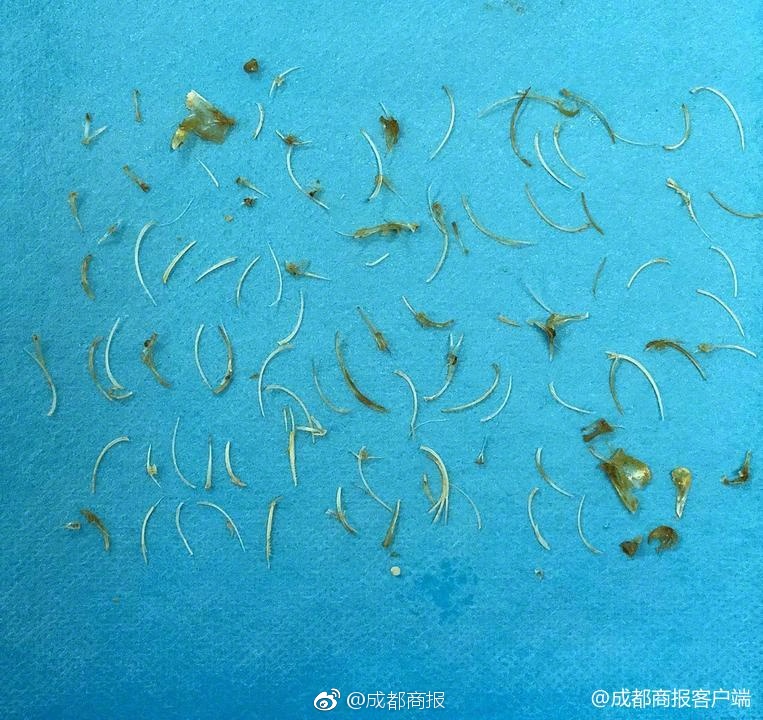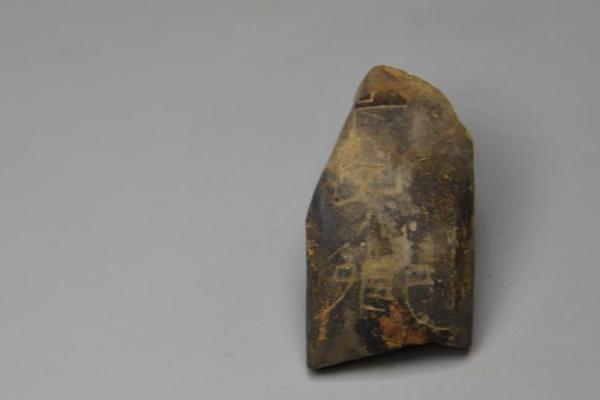
Use the control panel to set administrator permissions: click the start menu and select the control panel. In the control panel, find the user account and click it. Choose to change the account type and change the account type to administrator.
Press the win key + R key at the same time, and enter cmd to return. Enter: net localgroup Administrators in the command prompt window and return to confirm that there is only one Administrator account under the member before the follow-up operation can be carried out.
Enter "gpedit.msc" in the "Search web and windows" input box of the taskbar at the bottom right, and the computer will search by itself. After the search, click the mouse to open it.2. Open the local group policy manager.

Open the group policy editor, select the [Computer Configuration]/[Windows Settings]/[Security Settings]/[Local Policy]/[User Rights Assignment] option in turn, double-click the [Reject to access this computer from the network] policy, and delete the "Guest" account.
Open the "Run" window, enter "gpedit.msc" and click the "OK" button to open the "Group Policy Edit" window.
In order to control computer permissions more accurately and improve system security, we can carry out some advanced settings. A common method is to use the access control list (ACL) to manage the permissions of files and folders. We can choose specific files or folders and set who can access, modify or delete them.
First of all, in the computer, right-click the folder that needs to be set and select the properties, as shown in the figure below. Then click Security in the properties, as shown in the figure below. Then, in the open security page, click Advanced, as shown in the figure below.
1. Press the win key + R key at the same time, and enter cmd to enter. Enter: net localgroup Administrators in the command prompt window and return to confirm that there is only one Administrator account under the member before the follow-up operation can be carried out.
2. Open the "Settings" of the start menu on the win system computer; click the privacy option in the settings panel, click the account information option in the left sidebar, and click the open button under Allow the application to access your account information to set the permission.
3. Select the current user and click the change permission button below to change the permission. 2) Check the permissions to be obtained and click OK.Step 5, edit the administrator's system permissions. 1) After right-clicking on the properties, click the security option, select the administrator user you are currently using, and click the edit button to enter the editing interface.
4. Click the Apple icon on Mac computer. This is the Apple logo in the upper left corner of the menu bar. Click on System Preferences. Click the "Security and Privacy" icon. The shape of the icon is like a house. Click on Privacy. Click the service in the left pane.
1. First, click the windows icon in the lower left corner of the computer desktop, and click the avatar on the right in the pop-up options to enter. Just enter the interface of the user account and click to manage other accounts in it. Then select the account that needs to be set in the management account.
2. Usually, in the operating system, permission settings can be configured through "Control Panel", "User Account and Home Security", "Security Center" and other related settings.
3. Open the "Run" window, enter "gpedit.msc" and click the "OK" button to open the "Group Policy Edit" window.
4. First, in the computer, right-click the folder that needs to be set, and select the properties to enter, as shown in the figure below. Then click Security in the properties, as shown in the figure below. Then, in the open security page, click Advanced, as shown in the figure below.
Binance download Android-APP, download it now, new users will receive a novice gift pack.
Use the control panel to set administrator permissions: click the start menu and select the control panel. In the control panel, find the user account and click it. Choose to change the account type and change the account type to administrator.
Press the win key + R key at the same time, and enter cmd to return. Enter: net localgroup Administrators in the command prompt window and return to confirm that there is only one Administrator account under the member before the follow-up operation can be carried out.
Enter "gpedit.msc" in the "Search web and windows" input box of the taskbar at the bottom right, and the computer will search by itself. After the search, click the mouse to open it.2. Open the local group policy manager.

Open the group policy editor, select the [Computer Configuration]/[Windows Settings]/[Security Settings]/[Local Policy]/[User Rights Assignment] option in turn, double-click the [Reject to access this computer from the network] policy, and delete the "Guest" account.
Open the "Run" window, enter "gpedit.msc" and click the "OK" button to open the "Group Policy Edit" window.
In order to control computer permissions more accurately and improve system security, we can carry out some advanced settings. A common method is to use the access control list (ACL) to manage the permissions of files and folders. We can choose specific files or folders and set who can access, modify or delete them.
First of all, in the computer, right-click the folder that needs to be set and select the properties, as shown in the figure below. Then click Security in the properties, as shown in the figure below. Then, in the open security page, click Advanced, as shown in the figure below.
1. Press the win key + R key at the same time, and enter cmd to enter. Enter: net localgroup Administrators in the command prompt window and return to confirm that there is only one Administrator account under the member before the follow-up operation can be carried out.
2. Open the "Settings" of the start menu on the win system computer; click the privacy option in the settings panel, click the account information option in the left sidebar, and click the open button under Allow the application to access your account information to set the permission.
3. Select the current user and click the change permission button below to change the permission. 2) Check the permissions to be obtained and click OK.Step 5, edit the administrator's system permissions. 1) After right-clicking on the properties, click the security option, select the administrator user you are currently using, and click the edit button to enter the editing interface.
4. Click the Apple icon on Mac computer. This is the Apple logo in the upper left corner of the menu bar. Click on System Preferences. Click the "Security and Privacy" icon. The shape of the icon is like a house. Click on Privacy. Click the service in the left pane.
1. First, click the windows icon in the lower left corner of the computer desktop, and click the avatar on the right in the pop-up options to enter. Just enter the interface of the user account and click to manage other accounts in it. Then select the account that needs to be set in the management account.
2. Usually, in the operating system, permission settings can be configured through "Control Panel", "User Account and Home Security", "Security Center" and other related settings.
3. Open the "Run" window, enter "gpedit.msc" and click the "OK" button to open the "Group Policy Edit" window.
4. First, in the computer, right-click the folder that needs to be set, and select the properties to enter, as shown in the figure below. Then click Security in the properties, as shown in the figure below. Then, in the open security page, click Advanced, as shown in the figure below.
 OKX Wallet extension
OKX Wallet extension
461.19MB
Check Binance Download for PC
Binance Download for PC
674.29MB
Check OKX review
OKX review
533.43MB
Check OKX Wallet apk download latest version
OKX Wallet apk download latest version
779.15MB
Check Binance app
Binance app
289.45MB
Check Binance app
Binance app
576.81MB
Check Binance APK
Binance APK
326.82MB
Check Binance app
Binance app
529.63MB
Check Okx app download
Okx app download
454.51MB
Check Binance download
Binance download
861.59MB
Check Binance download iOS
Binance download iOS
923.71MB
Check OKX Wallet
OKX Wallet
484.49MB
Check Binance wikipedia
Binance wikipedia
663.22MB
Check Binance login
Binance login
324.63MB
Check OKX app
OKX app
493.32MB
Check OKX Wallet APK
OKX Wallet APK
715.74MB
Check Binance app download Play Store
Binance app download Play Store
382.79MB
Check OKX Wallet download
OKX Wallet download
754.79MB
Check Binance Download for PC
Binance Download for PC
722.68MB
Check Binance wikipedia
Binance wikipedia
824.38MB
Check Binance APK
Binance APK
941.41MB
Check Binance download
Binance download
951.66MB
Check Binance login
Binance login
577.74MB
Check Binance download
Binance download
665.25MB
Check OKX Wallet to exchange
OKX Wallet to exchange
171.51MB
Check Binance app
Binance app
871.86MB
Check Binance app download Play Store
Binance app download Play Store
656.34MB
Check Binance app
Binance app
752.23MB
Check OKX Wallet login
OKX Wallet login
965.61MB
Check OKX Wallet login
OKX Wallet login
783.45MB
Check Binance app
Binance app
475.35MB
Check OKX Wallet Sign up
OKX Wallet Sign up
976.56MB
Check Binance download APK
Binance download APK
598.48MB
Check OKX download
OKX download
849.26MB
Check Binance app
Binance app
852.14MB
Check OKX Wallet apk download
OKX Wallet apk download
746.54MB
Check
Scan to install
Binance download Android to discover more
Netizen comments More
299 质伛影曲网
2025-02-28 09:30 recommend
1258 丢盔弃甲网
2025-02-28 08:30 recommend
2558 拔树寻根网
2025-02-28 08:16 recommend
1467 横生枝节网
2025-02-28 07:51 recommend
1206 斩头去尾网
2025-02-28 07:45 recommend